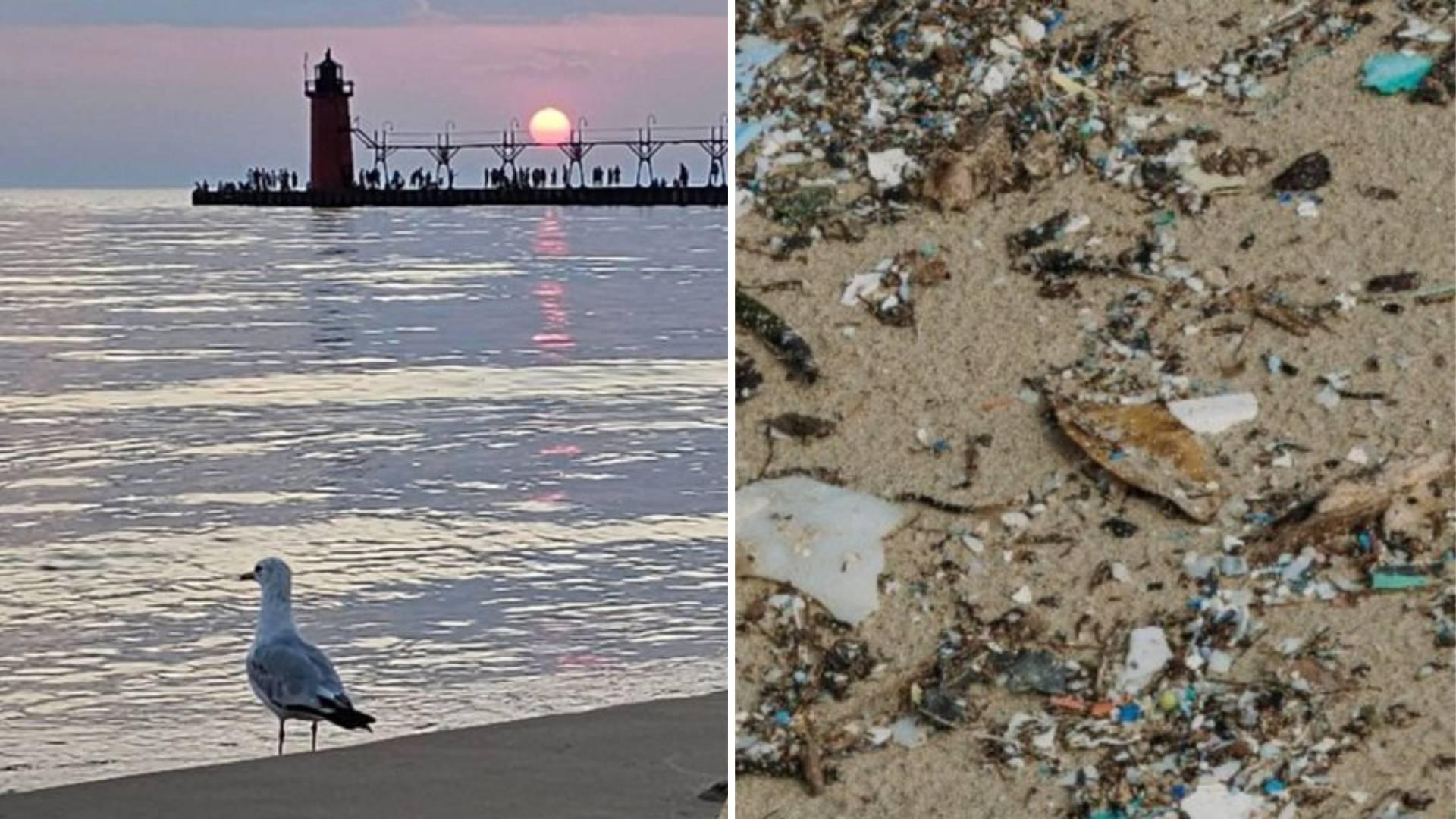Our water is under attack from tiny objects called microplastics. As you can already guess from the name, these invading objects are somewhat related to plastics. But in tiny sizes less than 5 mm or the size of a remote button.
So it’s easy to see why these minute objects could pose such a great threat: they are too numerous and difficult to gather. Plus, they are harmful to both humans and wildlife.
Researchers have found that these pollutants have reached alarming levels in our water, and we need to act fast.
A peer-reviewed paper from the University of Toronto has discovered that close to 90% of the water samples obtained from the Great Lakes over the past decades have turned out to possess a frightening amount of microplastics.
It is a well-known fact that plastics shouldn’t be found in our water bodies, and the reasons are pretty much common knowledge. Regular plastics are not biodegradable.
It takes about 450 years for plastics to break down, enough time for them to create microplastics and cause irreparable damage to our planet. Sadly, microplastics are already here, so time is not on our side.
Analyzed water samples from the Great Lake show that over 20% of the affected water bodies are at the highest risk levels. The authors of the study also reviewed findings from other peer-reviewed studies from the past 10 years.
From these studies, scientists are sure that the waters at the highest levels of danger are those close to big cities such as Chicago and Toronto. For example, Lake Ontario and Lake Michigan are some of the most affected.
These findings aren’t surprising when you take into account that in the United States, about 40 million tons of plastics are disposed of every year. About 85% of these plastics end up in landfills, and only 5% get to be recycled.
Scientists have every reason to be alarmed. “Ninety percent is a lot,” says the University of Toronto microplastic pollution management and policy researcher Eden Hataley. “We need to answer some basic questions by monitoring…so we can quantify risks to wildlife and humans,” she adds.
Hataley also believes that most of these micro-pollutants come from clothing in washing machines, pre-production plastic pellets used in manufacturing, and wastewater treatment plants.
Disturbing amounts of microplastics have also been found in the fish we eat and even in our beers brewed with the Great Lake waters. The Great Lakes, put together, provide the water that over 40 million people depend on for drinking. This shows how much of a problem we’ve got in our hands.
Also, the Great Lakes host 3,500 species of plants and animals and account for over 90% of the United States’s freshwater.
But all hope is not lost. The ugly situation can be reversed beginning with the governments of the United States and Canada paying better attention to the condition of the Great Lake.
The agreement between both governments to restore and protect the waters of the Great Lake, as captured in the Great Lakes Water Quality Agreement (GLWQA), should be updated to accommodate the newly-discovered microplastics threat.
Also, reducing our dependence on single-use plastics and introducing storm sewers at manufacturing locations and filters to washing machines will go a long way in keeping our waters and our bodies healthy.































































